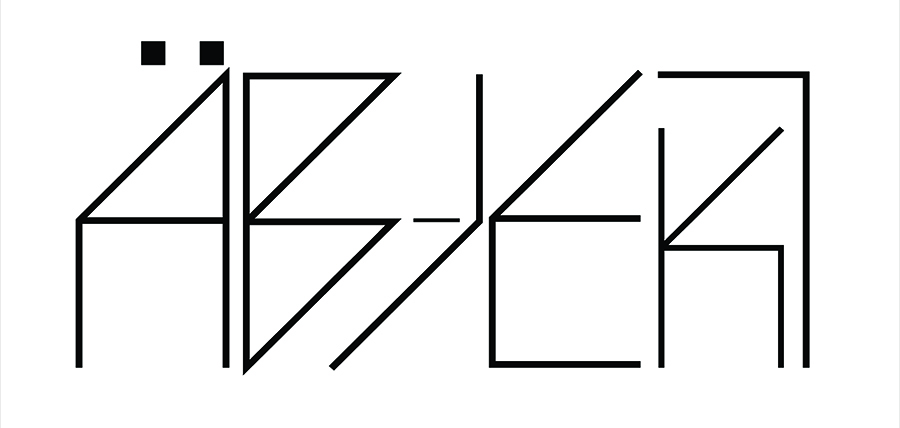Juan Bastardo: äb-jekt
First Year MFA Review Exhibition
June 5-7, 2019, 12-3 p.m.
Reception: June 7, 6-9 p.m.
Commons Gallery, 404 Visual Arts Facility, UC San Diego
Over the past almost two decades, I have produced work in diverse media. Now in observations of daily life, as well as the politics and conditions of display, and image and objects-making, I make a type of archive composed of images and objects. I think of these as apparently non-commonplace items. By this I mean my objects could be something commonly found in daily life but broken or deformed. Through documentation, digitization, repetition with subtle changes of color, perspective, and shifts of scale, I frame the everyday and the non-quotidian features of these objects in ways that challenge the viewer to reexamine the image, the object, the artifact. Over the ensuing years, I have sampled imagery from common or irrelevant objects to digital allocations—all translated into diverse techniques, which include digital rendering and editing, also photostats. For me these objects and their mixed, physical and digital version, contain heterogeneity, errors, dysfunctionality and hybridization. These works serve for questioning and challenging traditional and digital notions of artifacts creation. Then, it is my intention that they generate experiences, in an innovative approach, challenging conventions and yet remaining deeply committed to visual possibilities. With suspicion about these conventions of the objects and their digital rendering, I have cultivated a skepticism that has freed me to experiment with both the object and the digital medium, apparently not taking either one too seriously. In this way, my work draws one fundamental question provoking myself and viewers to question the act of creation of the object in relationship to digital techniques. The object becomes abject in its deformation. As a result, "äb-jekt" is intended to give a broad overview of my perspective. To summarize, in this research the work is also distributed as an archive to look out at a place and examine it from multiple viewpoints to recognize, understand and describe that which we are now seeing. I encourage the audience to consider the images and the objects themselves as sites for questioning their cultural, social, economic, and political conditions. Thus, this inquiry offers an opportunity to reflect about our perception, experimentation, and our own relationship to the world.
